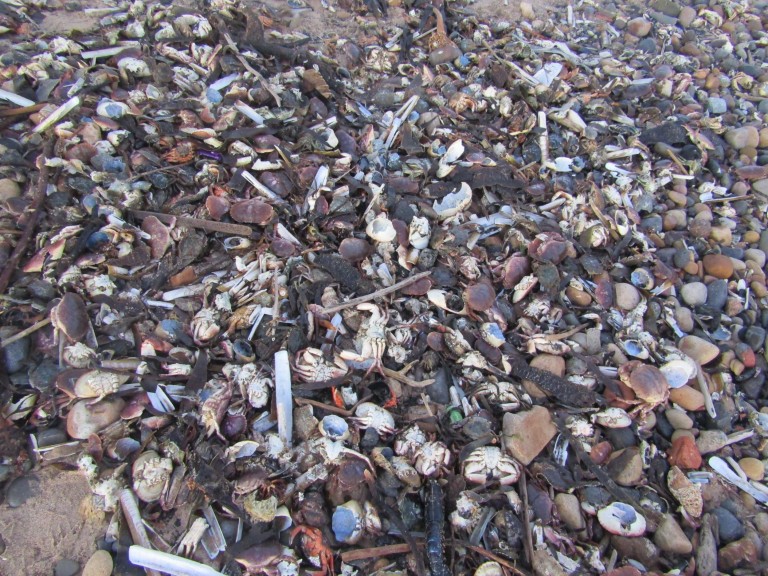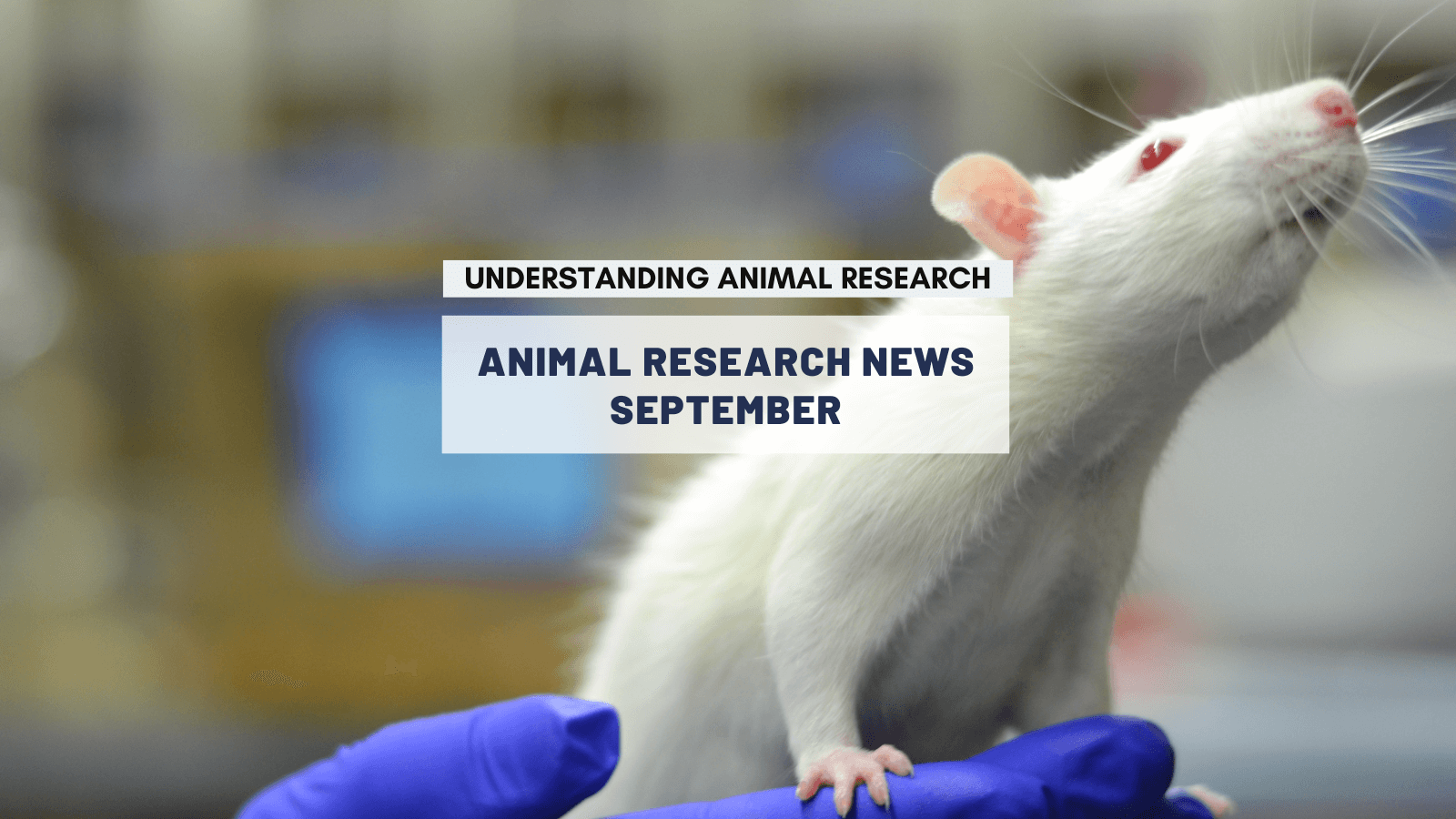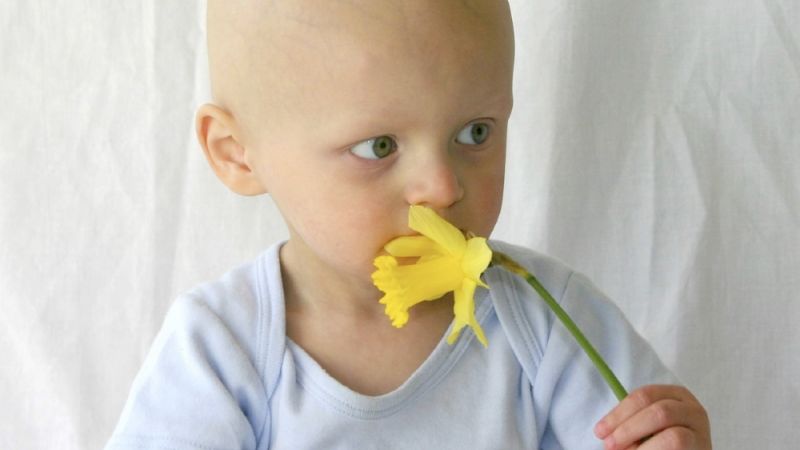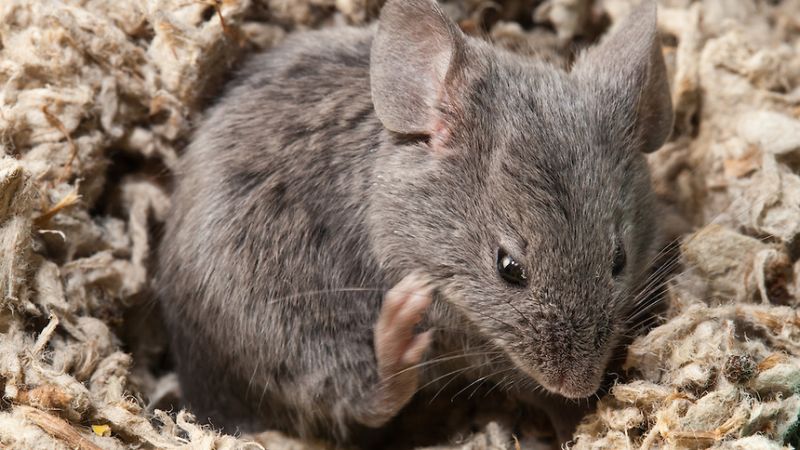September was full of science reporting where animal research played a role. Here are our highlights.
Newcastle University research has identified the chemical responsible for mass crab and lobster death on the Northeast and North Yorkshire coasts
A massive die-off of marine life on the North East coast saw huge numbers of crustaceans washed ashore between October and December 2021.
 This followed 10 days of dredging in early October 2021 when approximately 150,000 tonnes of contaminated sediment dredged from Teeside were dumped 2.5 miles off the Redcar coastline.
This followed 10 days of dredging in early October 2021 when approximately 150,000 tonnes of contaminated sediment dredged from Teeside were dumped 2.5 miles off the Redcar coastline.
Crabs and lobsters began washing up dead shortly after, followed by claims of starving seal pups and dogs getting sick on beaches.
The sediments were found to have high concentrations of pyridine, an industrial pollutant. This was also found in the dead crabs that were sampled. Newcastle University established that the concentrations found would kill crabs. Pyridine easily dissolves in water and harms both animals and plants in aquatic systems. Pyridine is not abundant in nature, except for the leaves and roots of belladonna (Atropa belladonna).
This provides clear evidence that dredging in Teeside should be halted until there is an alternative to dumping the dredged material at sea.
Source: Newcastle University
Scientists uncover link between car fumes and lung cancer that helps explain why so many non-smokers develop disease
In laboratory studies mice that had been engineered to carry mutations in a gene called EGFR, linked to lung cancer, were far more likely to develop cancer when exposed to the PM2.5 pollutant particles from car fumes. They also revealed that the risk is mediated by an inflammatory protein, called interleukin-1 beta (IL1B), released as part of the body’s immune response to PM2.5 exposure. When the mice were given drugs to block this protein, they were less vulnerable to the pollutants.
Source: Guardian
The sex of the researcher can influence results of mouse experiments
Laboratory mice tend to be more stressed when they can smell men, making them behave differently in experiments depending on whether they are handled by a man or a woman. This was first revealed some years ago but a recent study has emphasised how important it is to control for the experimenter’s sex.
Todd Gould at the University of Maryland was trying to replicate the results of a previous "forced swim test" measuring the impact of the antidepressant ketamine and was failing. He wondered if it was something to do with the sex of the experimenters.
Gould and his colleagues designed a series of tests to explore whether the sex of the experimenter influenced how mice behaved.
"Mice were exposed to T-shirts worn by male and female experimenters, as well as cotton swabs rubbed across the experimenters’ wrists, elbows or behind the ears. They found that mice would avoid sniffing and engaging with scents from male experimenters and were either impartial or showed a slight preference for those linked to female experimenters."
Journal reference: Nature Neuroscience
Source: New Scientist
Bowhead whales can live for over 200 years - and now we might know why
The longer you live, the more likely you are to develop cancer. If you want a long life you need a system to protect you from cancer. In many long lived animals like elephants even low levels of DNA damage trigger programmed cell death, before the cells can become cancerous.
Bowhead whales have a different approach. Their cells divide more slowly than cells in other whales, giving the cell time to repair damage. This could be due to the duplication of a gene called CDKN2C.
In mice and human cells high levels of the protein this gene codes for halts cell division and prevents programmed cell death.
Source: New Scientist
Which pig?
Animals can look pretty similar so in agriculture and labs animals are identified by methods such as ear tags, ear notching and micro-chipping. Face recognition has now been shown to work well for pigs.
"Not only does facial recognition prevent having to physically mark the animals, but it also offers the opportunity to cater to an individual’s specific nutritional or veterinary needs where animals are kept in large groups in intensive farming conditions.”
Source: New Scientist
Last edited: 14 November 2022 17:28



